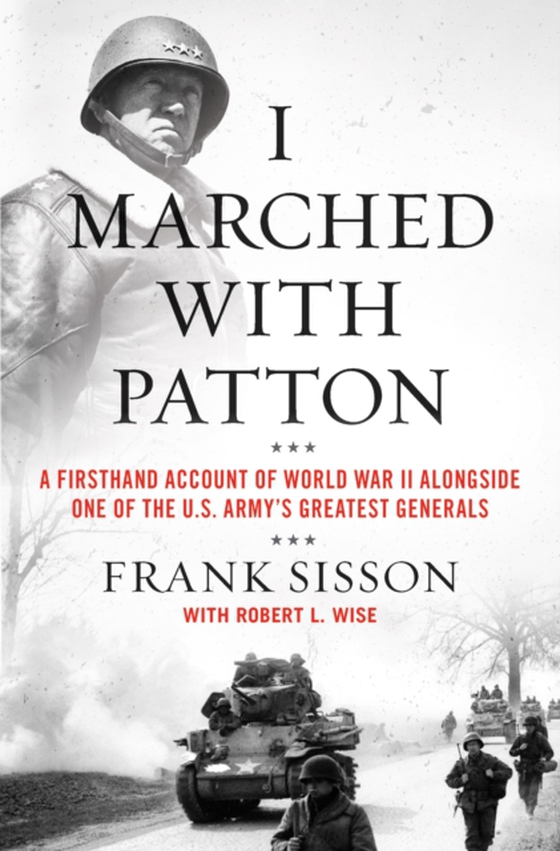
I Marched with Patton e-bog
121,58 DKK
(ekskl. moms 97,26 DKK)
"e;Poignant . . . Well worth the read."e;Wall Street JournalIn December 1944, Frank Sisson deployed to Europe as part of General George S. Pattons famed Third Army. Over the next six months, as the war in Europe raged, Sisson would participate in many of World War IIs most consequential events, from the Battle of the Bulge to the liberation of Dachau. Now 95 years old, Frank shares his ...
E-bog
121,58 DKK
Forlag
William Morrow
Udgivet
20 oktober 2020
Længde
304 sider
Genrer
Biography: historical, political and military
Sprog
English
Format
epub
Beskyttelse
LCP
ISBN
9780063019492
"e;Poignant . . . Well worth the read."e;Wall Street JournalIn December 1944, Frank Sisson deployed to Europe as part of General George S. Pattons famed Third Army. Over the next six months, as the war in Europe raged, Sisson would participate in many of World War IIs most consequential events, from the Battle of the Bulge to the liberation of Dachau. Now 95 years old, Frank shares his remarkable story of life under General Patton for the first time.Frank Sisson grew up in rural Oklahoma during the Great Depression. His father died when Frank was young, and so in 1944, at age eighteen, Frank, like so many other young men across America, enlisted in the Army and was deployed to France. At a traffic intersection one day, Frank caught his first glimpse of the man who would control the next six months of Franks deployment, and whose lessons, and spirit, would shape the rest of Franks life. General Patton could be erratic and short-temperedbut he was also a brilliant military tactician and cared deeply for the men who served under him, a credo that gave Frank and his fellow soldiers solace as they faced death every day. In this gritty, intimate account, Frank reveals what life on the ground was really like in the closing days of World War II. After the war, Frank continued to serve in the army as a military police inspector in Berlin. When he finally returned home, he attended college and built a career in business. Like many members of the Greatest Generation, he was often reluctant to share his stories of the war, in all their glory, and terror. He was content to live and work in the nation he had fought to protect, an embodiment of the American Dream. Patton, on the other hand, would not live to see the postwar world he helped create. In December 1945, less than a year after the conclusion of the war, he tragically died following a car accident. Now, seventy-five years later, Frank Sissons remarkable reminiscences provide a fresh, unique look at Pattons leadership, the final days of World War II and its direct aftermath, and the experience of combat on the front lines.
 Dansk
Dansk

